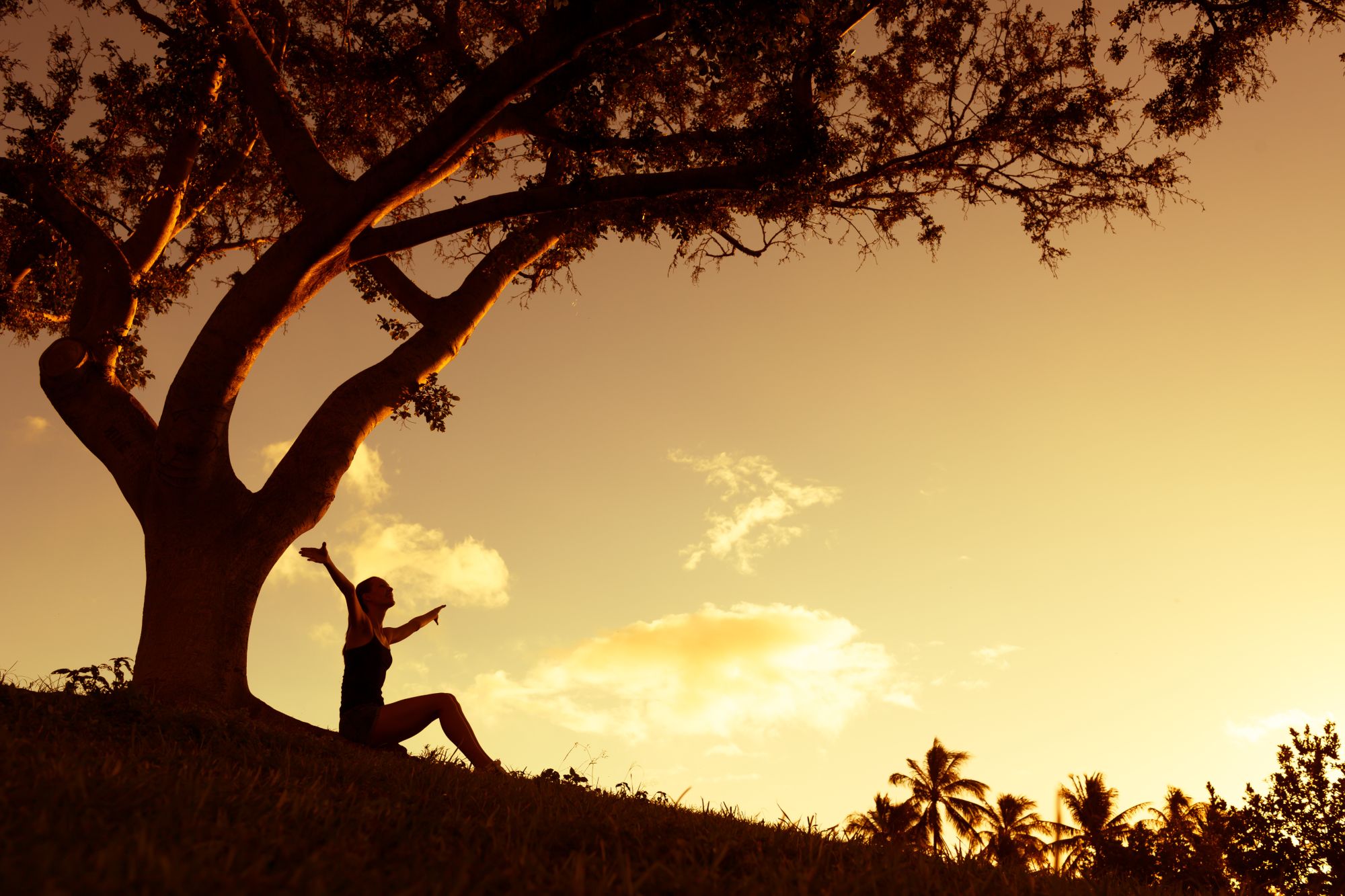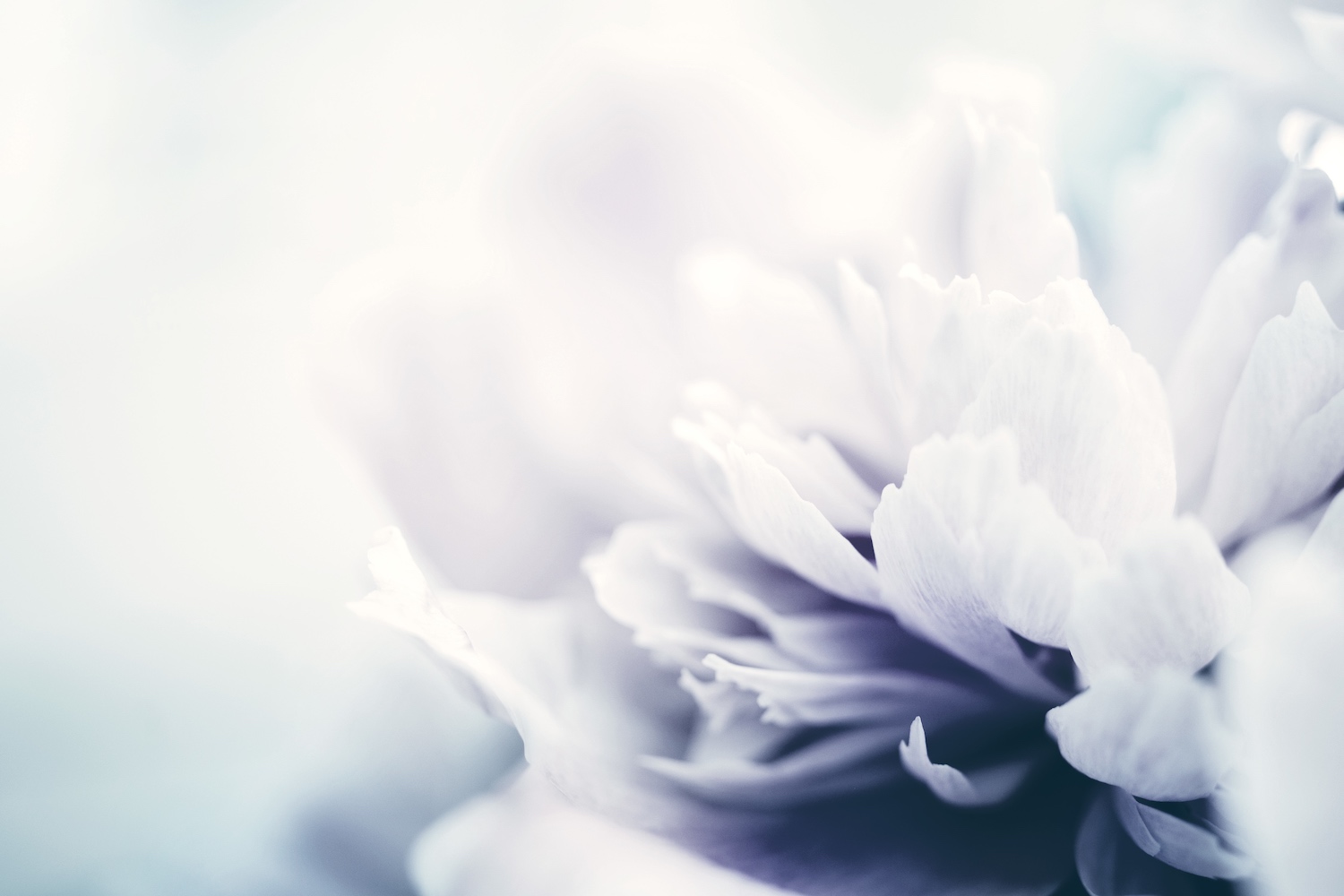Now that we find ourselves “sheltering” and with a whole new set of challenging life circumstances, it is more important than ever to take really good care of ourselves, as best as we can. In addition to all of the amazing online offerings that are springing up, it is the perfect opportunity to implement those self-care practices that you keep meaning to do, but have not found the time or motivation for. I want to share some of my personal favorite routine practices (unplugged and offline) for supporting the immune system, especially when you cannot visit your local massage therapist. This simple routine that can be done as a morning or evening ritual is a combination of natural home remedies that I have been using for the past 20 years in conjunction with the ancient wisdom of Ayurveda.
Before You Shower
- Begin with dry skin brushing. Start with a small, circular motion, applying light pressure and moving from the periphery of the body toward your heart. Dry brush your whole body – excluding your face. This primarily benefits the lymphatic system, while also stimulating the skin and gently cleansing pores.
During Your Shower
Try some invigorating hydrotherapy, alternating hot and cold water. After your normal cleansing routine, stay for two to three minutes under the hot water, followed by a 30-second cold rinse. Repeat two more times, going back and forth: hot, cold, hot, cold, and always ending with cold. This is a great way to stimulate your circulatory system, as well as your immune system, by alternating vasoconstriction and vasodilation of your blood vessels, flushing your cells with fresh oxygen and vital nutrients, and removing cellular and extracellular waste.
- If you are elderly or have a heart condition, high blood pressure, or any doubts, instead, use warm and cool water to decrease the difference in temperature, which will lessen the hydro-therapeutic effect.
- Next, is the “thymus thump.” During one of your rounds of hydrotherapy, make a soft fist and gently thump or tap over the upper portion of your sternum, in the center of your chest. This stimulates the thymus gland (part of the lymphatic system), supporting your immune system and increasing your vital energy.
After Your Shower
- Towel dry off.
- Perform Ayurveda-inspired self-massage. Apply warm or room temperature oil of your choice, and massage your whole body with loving attention and care. Make sure you rub in a generous amount of oil to nourish your skin and all of your body’s tissues. If you don’t already have a constitutional herbal oil blend on hand, no problem. Use any oil you have, even if it’s olive oil from your kitchen. The most commonly used oils are sesame and coconut.
- During these uncertain times, if you are not using an herbal oil blend, you may want to enhance your ritual oil massage with essential oils. Choose oils depending on what you are needing most in the moment and/or whatever you have at home. For some simple examples, use lavender for relaxing, citrus for uplifting, sage and thyme for antiviral protection, etc. Experiment and enjoy!
- Ayurveda traditionally suggests to apply the warm oil before you shower, so the hot water can help the oil absorb into and nourish your skin and body. I, however, have discovered that I like to do it after my shower. I encourage you to try both ways and see what you like best!













